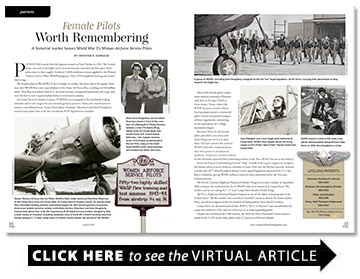Female Pilots Worth Remembering
A historical marker honors World War II’s Women Airforce Service Pilots
BY Christine R. Gonzalez
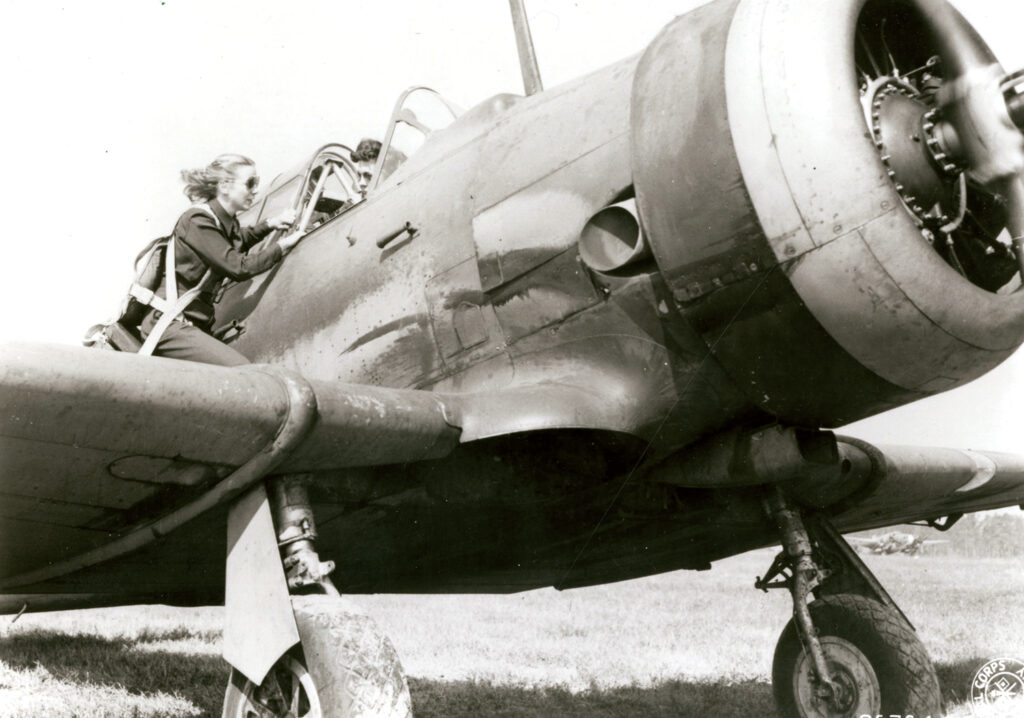
Patriotism soared after the Japanese attack on Pearl Harbor in 1941. The United States was now in the fight, and it seemed everyone wanted to do their part. Male pilots were in short supply. So about 25,000 ambitious women applied to the Women Airforce Service Pilots (WASPs) program. Only 1,074 completed training and earned their wings.
The female pilots of World War II never fought in combat, but their role in the supply chain was vital. WASPs flew every type of plane in the Army Air Forces fleet, totaling over 60 million miles. They flew new planes from U.S. factories to bases, transported personnel and cargo, and were the first to test a repaired plane before it returned to combat.
At Camp Davis in Onslow County, 52 WASPs were assigned to fly simulated strafing missions and to tow targets for anti-aircraft gunnery practice. Some even tested secretive remote-controlled devices. Camp Davis pilots Dorothea Moorman and Dora Dougherty trained male pilots how to fly the treacherous B-29 Superfortress bomber.
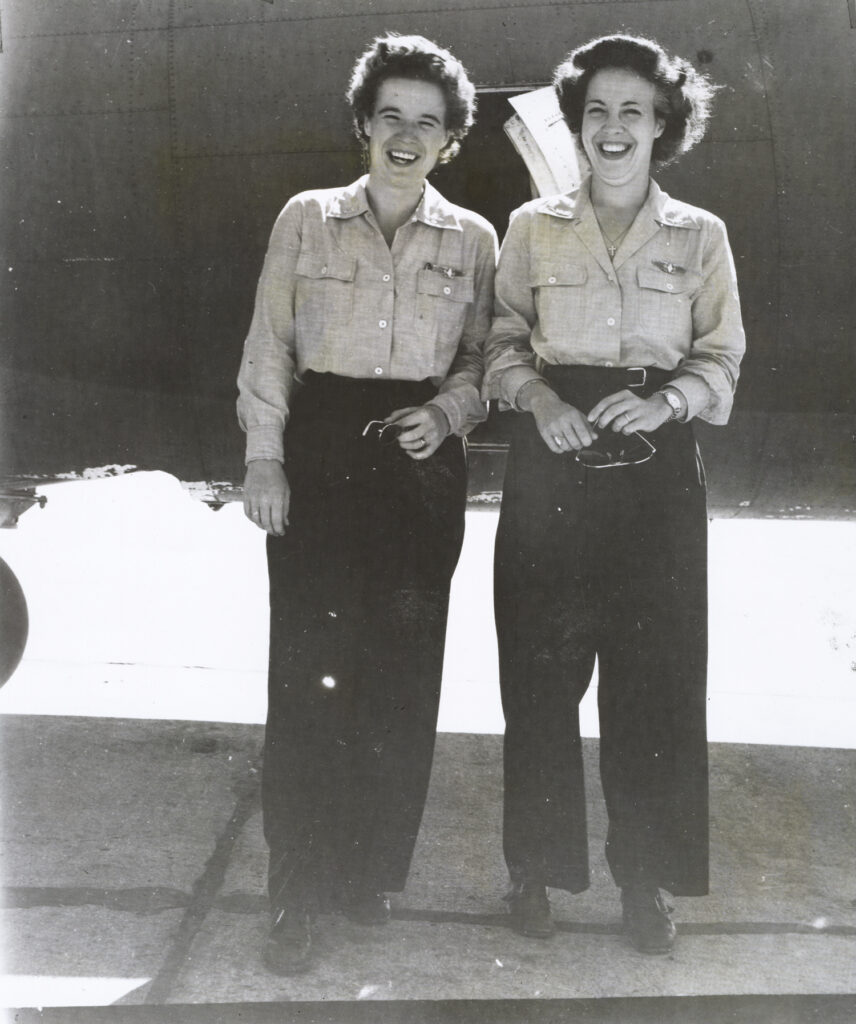
Most of the female pilots underwent rigorous training in Houstonand then at Avenger Field in Sweetwater, Texas, where the WASP museum stands tribute. Each graduate earned a commercial pilot’s license and passed stringent military regulations, amounting to the equivalency of a college aeronautics degree.
Between 1942-44, the female pilots provided a necessary and often dangerous service at more than 120 bases around the country. WASPs often flew outdated planes that were prone to mechanical problems, which were mostly to blame for the 38 deaths reported while performing military work. But a WASP was not in the military.
Army Air Forces Commanding General “Hap” Arnold tried to get Congress to recognize the female pilots as active military members in June 1944, but the bid was rejected. Instead, it took until 1977 when President Jimmy Carter signed legislation sponsored by U.S. Sen. Barry Goldwater giving WASPs military status for laws administered by the Veterans Administration.
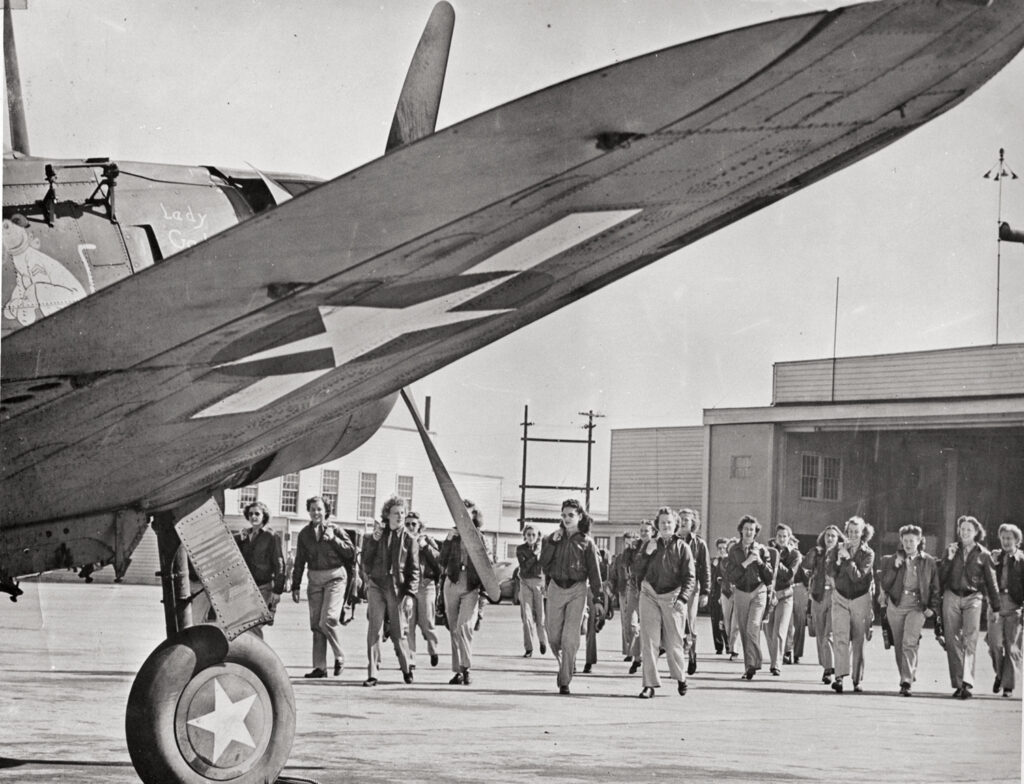
The North Carolina Highway Historical Marker Program erected a marker in September 2021 to honor the work done by the 52 WASPs who were stationed at Camp Davis. The marker can be seen along N.C. 17 near Camp Davis Road in Holly Ridge.
The N.C. Highway Historical Marker Program is one of the oldest such programs in the United States. The first marker was erected in Granville County to denote the home of John Penn, one of three signers of the Declaration of Independence from North Carolina.
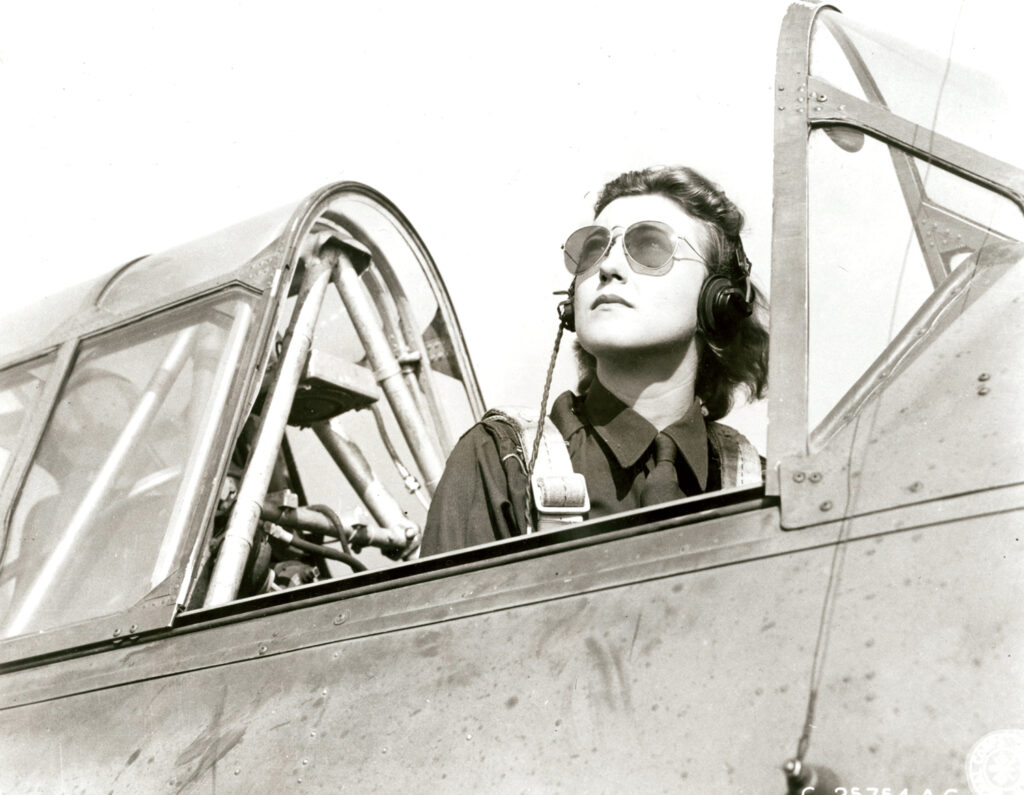
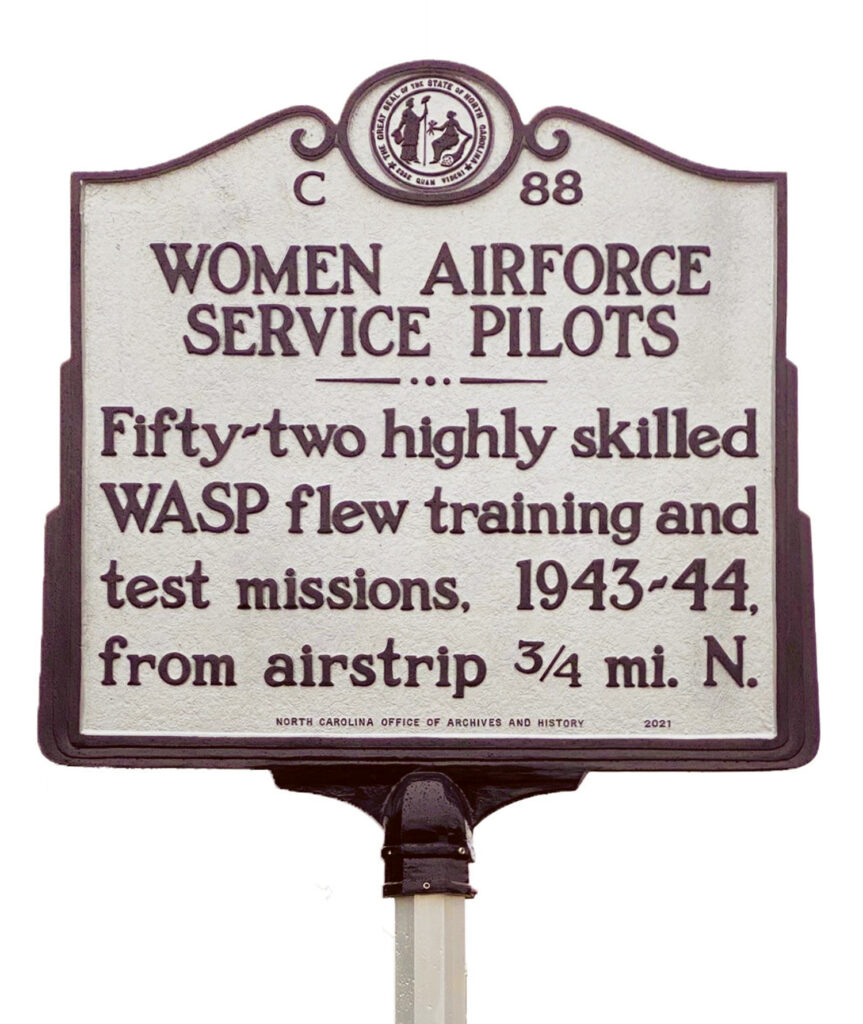
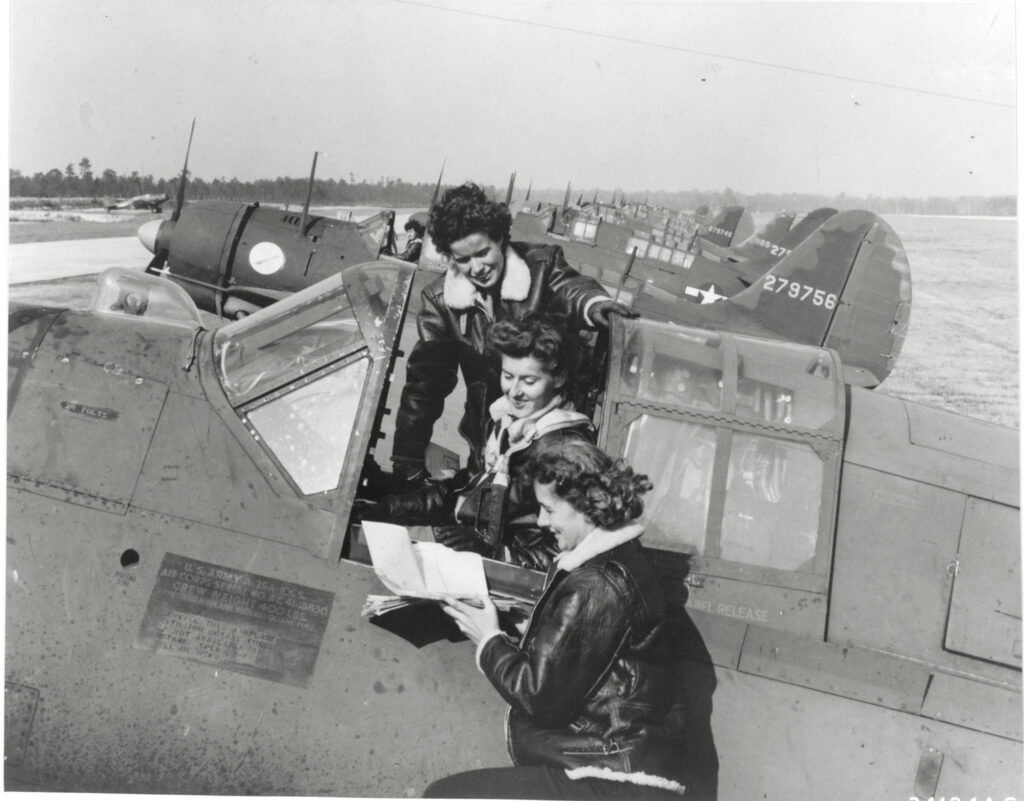
Camp Davis was decommissioned after WWII. The U.S. Marine Corps reestablished the camp and airfield in 1954, and it is still active as an outlying landing field.
Despite the trail blazed by 1,000 women, the 2020 Air Force Personnel Center statistics noted of the 12,395 active-duty pilots, only 6.7 percent or 838 were female.
LifeLong Patriots Included in This Story
Moorman, Dorothea M. Johnson: 1917-2005
McKeown, Dora Dougherty Strother: 1921-2013
Petto, June Ellington: 1921-1999
Florey, Ruth Thompson Underwood: 1922-2007
